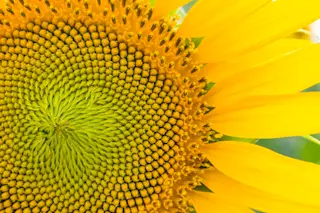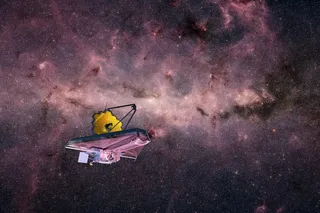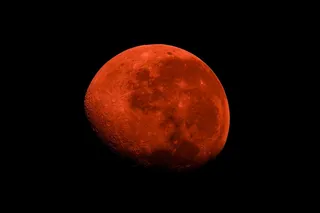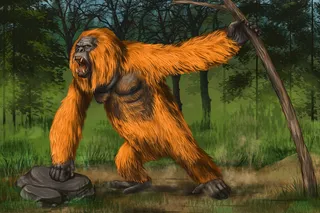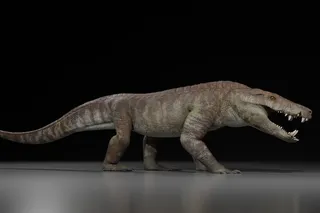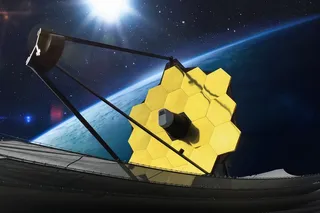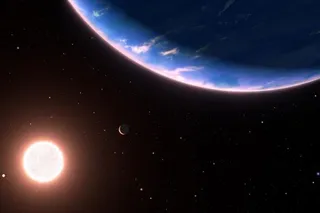Nature is disordered, messy, chaotic. But upon closer look, you might start noticing patterns, sequences, and symmetry on all sorts of varying scales, from the grandest spiral galaxies to the tiniest snail shell.
One popular pattern spotted in many places is the Fibonacci sequence. You’ve likely encountered it before, perhaps as a spiral graphic often superimposed over images of human ears, hurricanes, or nautilus shells. How many of them are actually examples of the Fibonacci sequence arising in nature?
Simply put, the Fibonacci sequence describes a series of numbers, wherein each successive value is the sum of the two before it. It goes something like 0, 1, 1, 2, 3, 5, 8, 13, 21, and so on.
It sprang from the mind of the 13th century Italian mathematician Leonardo Pisano, or Fibonacci. The sequence itself is derived from a math problem: If you put a pair of newly born rabbits ...



